Patients Muscles / Skeleton / Joints
How to manage pain?
- 206 views
- 0 support
- 6 comments
All comments

Unregistered member
I do some water based exercises in the swimming pool to keep my knee joint mobile. I also go to the gym and use the static bike and cross trainer which helps a great deal. I use Glucosamine sulphate,MSM Ginger and Fish oil cpasules. Since I started having Turmeric milk the pain has been greatly reduced. I recently bought a Magnetic strap that I wear on the underside of my risk, but am not sure if its doing any thing. I would welcome any comments from the users of magnatic gadgets, whether or not they find it helpful. But most of all, I maintain a positive attitude all the time. My fingers are getting swollen and deformed and very painful. I find that emersing my hands in hot water before doing some hand exercises helps temporarily. I do not take any anti inflamatories since I came off Celebrex 2 years ago. Celebrex did control my pain and swelling, but due to media reports about patients on Celebrex were prone to having Heart Attack, I stopped it.
Nineteen_gale
![]()
rose19
![]()
rose19
Last activity on 17/05/2020 at 16:45
Joined in 2016
8 comments posted | 3 in the Muscles / Skeleton / Joints Forum
1 of their responses was helpful to members
Rewards
-
Contributor
-
Explorer
Hi Nineteen_ gale
I too suffer with osteo arthritis in both knees. As to your question re magnetic gadgets. Using one as a leg brace can be effective as it gives you support. I find having cortico steroid injections yearly helps. At present I do aqua robics exercise and it is most effective in reducing pain and makes you more supple altogether. My GP recently px Fastum gel twice daily and it has helped in reducing my pain. It contains ketoprofen and it is specific for osteo arthritis. The other homeopathic tablet I take daily is chondromax which my endroconologist advised. Basically it is a higher strength of glucosamine chondritin. You can obtain same from Healthspan. co.uk. So that's my story.

Unregistered member
hi, I was diagnosed with osteo-arthritus of the lower lumber spine 30 odd years ago, I am currently 57 years old. during this time I have had the following treatments etc(listed alongside the benefits).
cortisone-no benefit
traction- a lot of pain&limited help
assorted pills-very limited relief
acupuncture-no benefit
manipulation, no benefit
heat treatment- limited help for a short period
cold treatment-no help
cryogenic injections- very painfull treatment with relief until your body gets used to it
I find a very hot bath is the most effective and am currently looking for any other treatments like fuseing or replacement spinal treatments(if anyone has had this, please let me know the details)
I find the pain is worst in the morning until dinner time. I have just started a new job but unfortunately it involves bending and lifting, as a person that will not accept my limitations I know it is only making things worse and will probably put me in a wheelchair eventually but I can't give up. hopeing that the above may help others to make decisions in their treatment or if anyone has had different treatments please let me know.

Margarita_k
Community managerGood advisor
![]()
Margarita_k
Community manager
Last activity on 07/10/2020 at 11:39
Joined in 2016
1,195 comments posted | 9 in the Muscles / Skeleton / Joints Forum
1 of their responses was helpful to members
Rewards
-
Good Advisor
-
Contributor
-
Messenger
-
Committed
-
Explorer
-
Evaluator
Hi @nineteen_gale, @rose19, @iceman01,
Thanks a lot for sharing your experience! Where did you find information and tips on how to manage your pain? Was it your doctor's advice?
A little reminder: if you want your interlocutor to be notified of your comment, please use "@" to tag him/her in the discussion. To do it correctly: type "@", then first 3 or 4 letters of the member's username, choose the right username among the ones that will appear in the drop-down list. If you tag correctly, the username will be underlined and in blue.
If you need any help just let me know. ![]()
Margarita
See the signature
Community Manager

Unregistered member
yes, doctors advice as well as internet searches. as one treatment failed, another one was suggested, eventualy leading to "cryogenic injections", which involves 2 large hollow needles injected into your spine whilst you are awake. you have to let the surgeon know when the pain is at it's worst and then he injects the freezing fluid around the bare nerves to alleviate the pain. whilst it is happening it is very painful but the benefits are fantastic. I had a total of 4 operations with results as follows>
1st- 6 months relief
2nd- no relief
3rd- 2 months relief
4th- no relief.
eventualy gave up because the pain of the operation didn't negate the chance of relief(your body gets used to the treatment).

Unregistered member
@Rose1952
Hi Rose
Thank you for your comments. yes, I do take Glocosamine with Condroitin. Have done so for many years. I do swimming and some water based exercises but not aerobics, as I have spinal problems. have had 5 Spinal surgeries and am bent from my hips, thus unable to stand upright and have to walk with crutches. But the static bike in the gym helps a lot. i also take Turmeric milk with ginger, black pepper, olive oil and cinnamon every day. I have found this very benificial. I have had 4 Corticosteroid injections already. i am told that you must not have more than 3 as it eventually weakens your bones and also affects your eyes. Thank you for Paxum Gel info. I will ask my GP about it.
Thank you for sharing the info.
![]()
rose19
![]()
rose19
Last activity on 17/05/2020 at 16:45
Joined in 2016
8 comments posted | 3 in the Muscles / Skeleton / Joints Forum
1 of their responses was helpful to members
Rewards
-
Contributor
-
Explorer
@iceman01
Give your opinion
Survey
Survey
Members are also commenting on...
Living with diseases affecting muscles, joints and-or skeleton
Life after a joint replacement: Share your experiences and advice!
![]()
![]()
![]()

Unregistered member
I had a hip replacement 16 months ago due to osteoarthritis. I can honestly say it was the best decision I have ever made. Yes I was not looking forward to everything post op, but I am now 100% mobile and after not being able to walk any distances I now enjoy walking again and I've managed to lose 2.5 stones. Totally pain free and I've had lots of comments about how much happier I look - my face was obviously showing my pain. If you have any questions please ask!
See the best comment
Living with diseases affecting muscles, joints and-or skeleton
I'm A New Member Suffering With; Osteo Arthritis + Other Problems
![]()
![]()
![]()
Living with diseases affecting muscles, joints and-or skeleton
Life after a joint replacement: Share your experiences and advice!
![]()
![]()
![]()

Unregistered member
I had a hip replacement 16 months ago due to osteoarthritis. I can honestly say it was the best decision I have ever made. Yes I was not looking forward to everything post op, but I am now 100% mobile and after not being able to walk any distances I now enjoy walking again and I've managed to lose 2.5 stones. Totally pain free and I've had lots of comments about how much happier I look - my face was obviously showing my pain. If you have any questions please ask!
See the best comment
Articles to discover...

06/02/2019 | Advice
Photo testimonial: Years of diagnostic uncertainty facing Ehlers-Danlos Syndrome
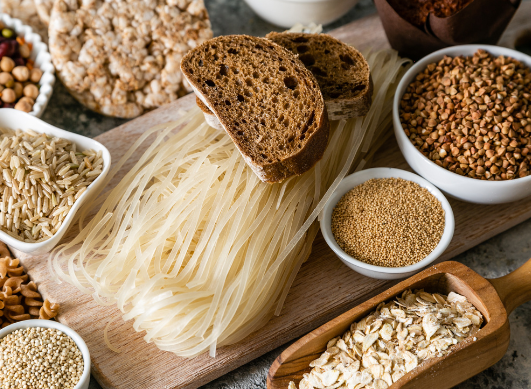
14/03/2025 | Nutrition
Carbohydrates: Friend or foe? Everything you need to know to make the right choices!
Subscribe
You wish to be notified of new comments
Your subscription has been taken into account


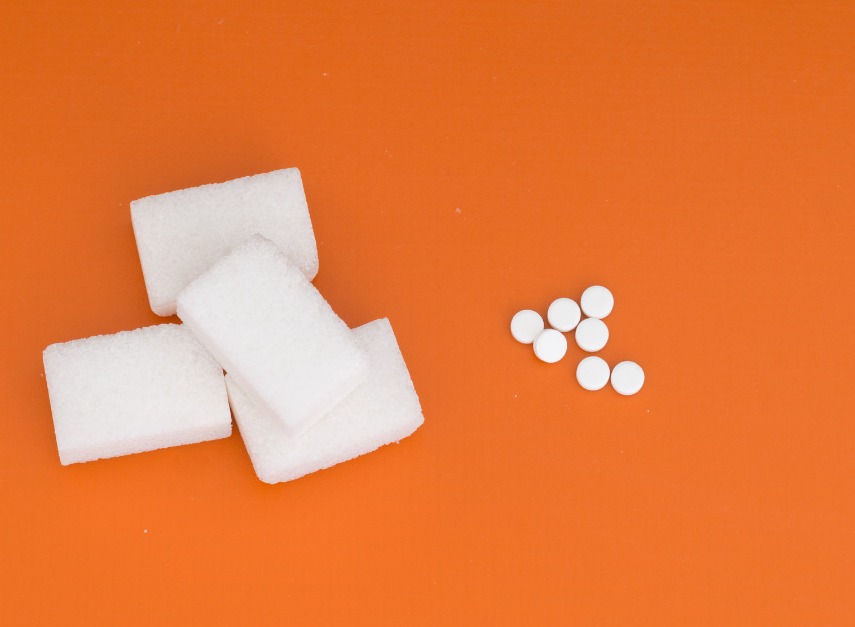

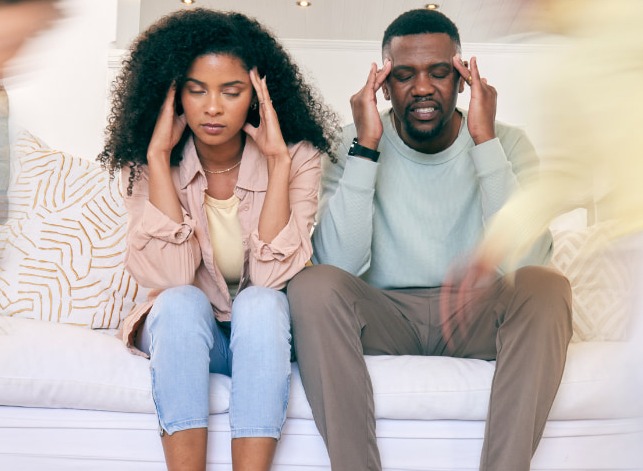
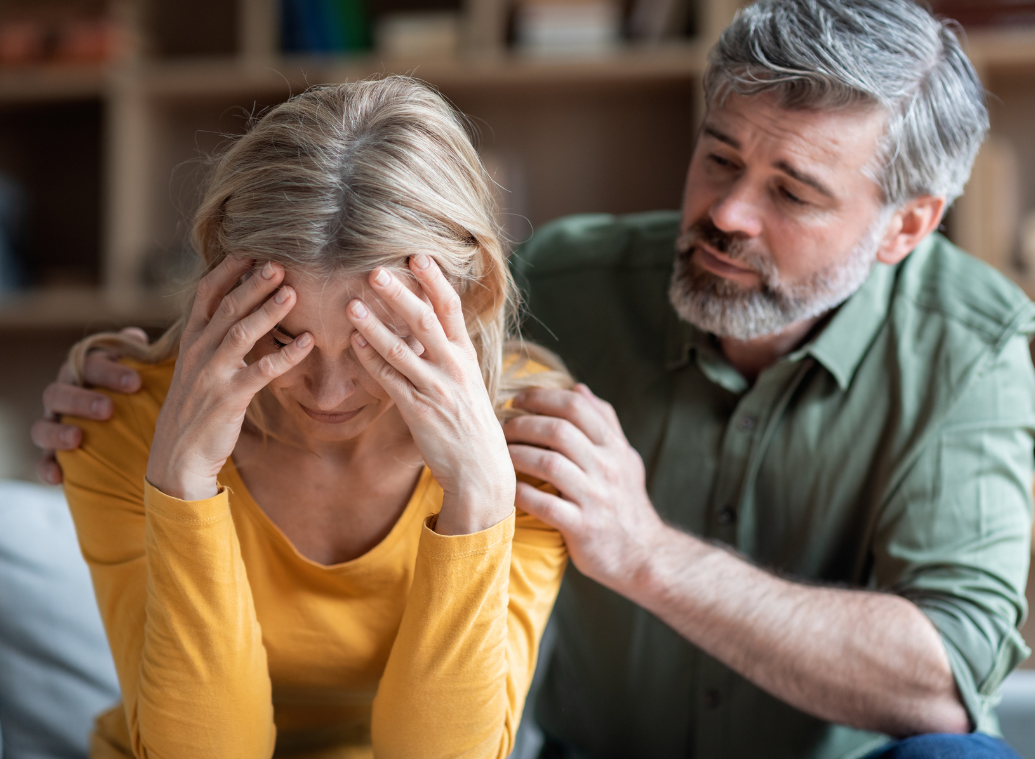
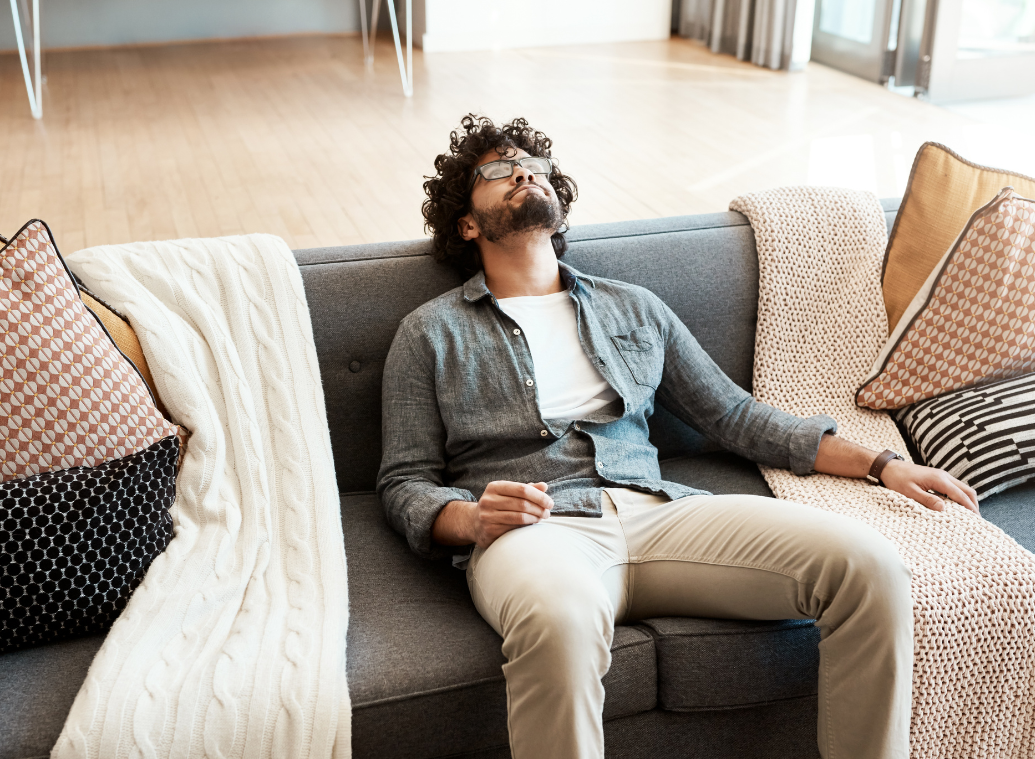
Margarita_k
Community managerGood advisor
Margarita_k
Community manager
Last activity on 07/10/2020 at 11:39
Joined in 2016
1,195 comments posted | 9 in the Muscles / Skeleton / Joints Forum
1 of their responses was helpful to members
Rewards
Good Advisor
Contributor
Messenger
Committed
Explorer
Evaluator
Osteoarthritis is the most common type of arthritis and affects millions of people. The degenerative joint disease is characterized by a breakdown of cartilage—the tissue that cushions the end of bones and allows them to move smoothly, and can cause a lot of pain.
Here is what you can do to reduce pain and manage your osteoarthritis better.
Lose weight
A recent study conducted at Penn State College of Medicine found that patients who lost weight but received no other treatments for knee osteoarthritis experienced improvements in quality of life, the ability to perform day-to-day tasks and their capacity to participate in sports activities. “Weight loss is probably the number one factor for osteoarthritic pain,” notes Nathan Wei, M.D., Director of the Arthritis Treatment Center in Frederick, Maryland. He stresses the importance of making dietary changes and exercising.
Exercise
Unfortunately, OA pain makes it difficult to exercise, but studies show that exercise strengthens muscles and tissues around the cartilage, and can significantly reduce inflammation and pain. “Exercise is a big part of the lifestyle change that’s necessary to deal with OA,” says Nels Carlson, M.D., Assistant Professor in the Department of Orthopedics and Rehabilitation at Oregon Health and Sciences University. “It’s a key to losing weight.” Aquatics, cycling, and walking can build strength and burn calories.
Use Cold and Hot Compresses
Icing can help reduce pain and inflammation, especially after a workout. Reusable cold packs are convenient, though they shouldn’t be applied directly to the skin or for more than 20 minutes at a time. A small heating pad or a few minutes in a hot tub before exercise can loosen stiff joints and make movement easier. “Hot-cold therapy won’t address the underlying issues but it is a good way to manage the symptoms,” Dr. Carlson says.
Take Medication & Dietary Supplements
Studies show that acetaminophen is an effective pain reliever for OA, but it doesn’t address inflammation. Ibuprofen and naproxen reduce inflammation and relieve pain. Overusing these can result in liver or kidney problems. If over-the-counter medications aren’t effective, a doctor might prescribe an analgesic such as Tramadol or stronger painkillers, such as codeine. “Some studies show that dietary supplements such as glucosamine and chondroitin sulfate are also effective in repairing damaged cartilage,” Dr. Carlson says.
Use Braces, Splints, Inserts & Physical Therapy
In some cases, immobilizing or removing the load from an arthritic joint helps alleviate inflammation and pain. Knee braces are effective, but special splints and shoe inserts may help other affected areas. “An assistive device can help with symptoms but it doesn’t address the underlying issue,” Dr. Wei says. “It’s one part of the overall treatment.” A physical therapist can provide exercises and stretches to strengthen muscles and improve range of motion.
Consider the Use of Shots & Injections
If other methods aren’t successful, you might benefit from a corticosteroid injection. It reduces inflammation, which, in turn, may reduce pain. Another option is a procedure called visosupplementation where a doctor injects a lubricating fluid called hyaluronic acid in the joint in the knee (the procedure is currently approved for knee OA only). “It creates a buffer between the bones and improves flexibility,” Dr. Wei explains. Currently, researchers are studying the use of hyaluronic acid on other joints.
Undergo Surgery
If other methods aren't effective, surgery may be an option. Procedures include:
- osteotomy: realigning the leg to transfer the force of the joint away from the problem area
- bone fusion: increases stability and reduces pain, but eliminates flexibility of that joint
- joint replacement: replacing damaged joint surfaces with plastic or metal components. These implants may last up to 20 years and allow you to return to an active lifestyle.
“The potential for complication from OA surgery is low but there are always risks with any procedure and nothing is 100-percent effective,” Dr. Wei says.
Osteoarthritis can seem like a challenging condition because of how it can affect your mobility. Luckily there are many treatment options available to discuss with your doctor.
Remember to stay informed, stay active, and stay positive.
Source: healthline.com
______________________________
What do you do to manage your pain? Which way is the most effective in your case?